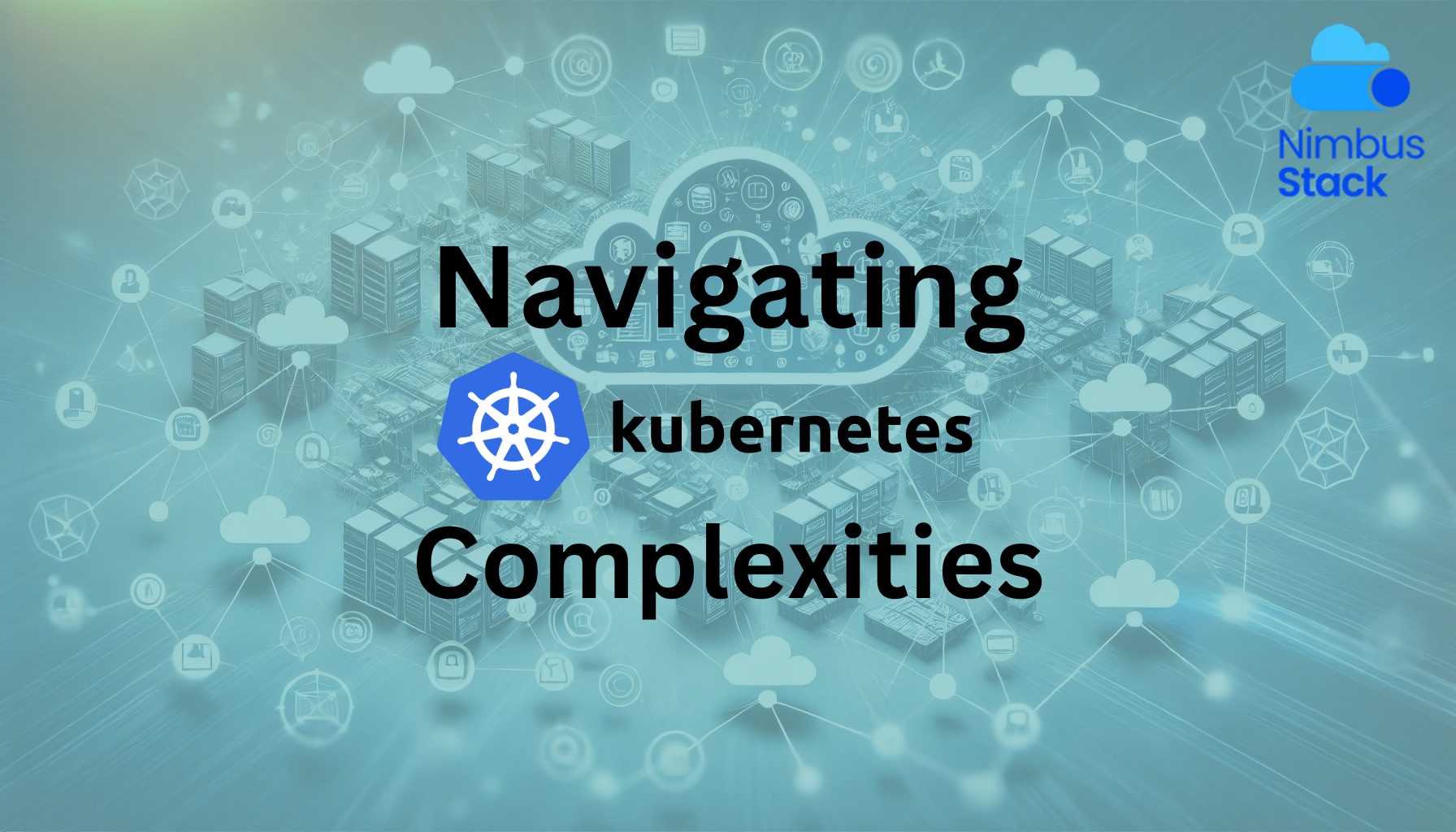The Struggle with Kubernetes Tool Choices
Kubernetes, the leading container orchestration platform, continues to grow in popularity. However, as it matures, it brings new challenges for its users. According to a recent survey by Spectro Cloud, nearly half of the respondents (48%) reported difficulties in choosing and validating the right infrastructure components for their production environments. This complexity can be attributed to the vast and evolving cloud-native ecosystem.
The Rising Complexity of Kubernetes Environments
The Spectro Cloud 2024 State of Production Kubernetes report highlights the increasing complexity of Kubernetes deployments. Fifty-seven percent of survey participants manage more than 20 clusters in production, a significant rise from previous years. Additionally, the number of distinct software elements within Kubernetes infrastructures has grown, with 57% of respondents indicating they use over 11 different elements, up from 42% in 2022.
Interoperability and Configuration Drift
With the expansion of Kubernetes deployments, interoperability issues have become more prevalent. Twenty-seven percent of respondents reported frequent issues with the interoperability of their stack’s elements, a substantial increase from 11% in 2022. Configuration drift and security concerns are also major pain points, cited by 45% and 43% of participants, respectively.
Platform Engineering as a Solution
To address these challenges, many organizations are turning to platform engineering. This approach helps streamline operations and reduces the complexity of managing Kubernetes environments. The survey found that organizations adopting platform engineering experience fewer issues with their production clusters. Only 22% of these organizations reported regular problems, compared to 40% of non-adopters.
Kubernetes and the Future of AI and Edge Computing
Kubernetes is poised to play a significant role in the AI and edge computing landscapes. Sixty-eight percent of survey participants believe Kubernetes infrastructure is essential for leveraging AI in their applications. The use of AI assistants for managing Kubernetes environments and running AI workloads on both cloud and on-premises infrastructure is becoming more common. Furthermore, edge-based Kubernetes deployments are on the rise, with 38% of organizations utilizing Kubernetes at the edge, often for AI workloads.
Conclusion
As Kubernetes continues to evolve, the challenges associated with its adoption and management are becoming more apparent. However, platform engineering offers a promising solution to mitigate these issues, simplifying the deployment and operation of Kubernetes environments. By adopting platform engineering practices, organizations can better navigate the complexities of Kubernetes, ensuring smoother and more efficient production operations.


